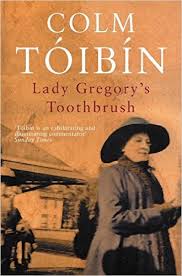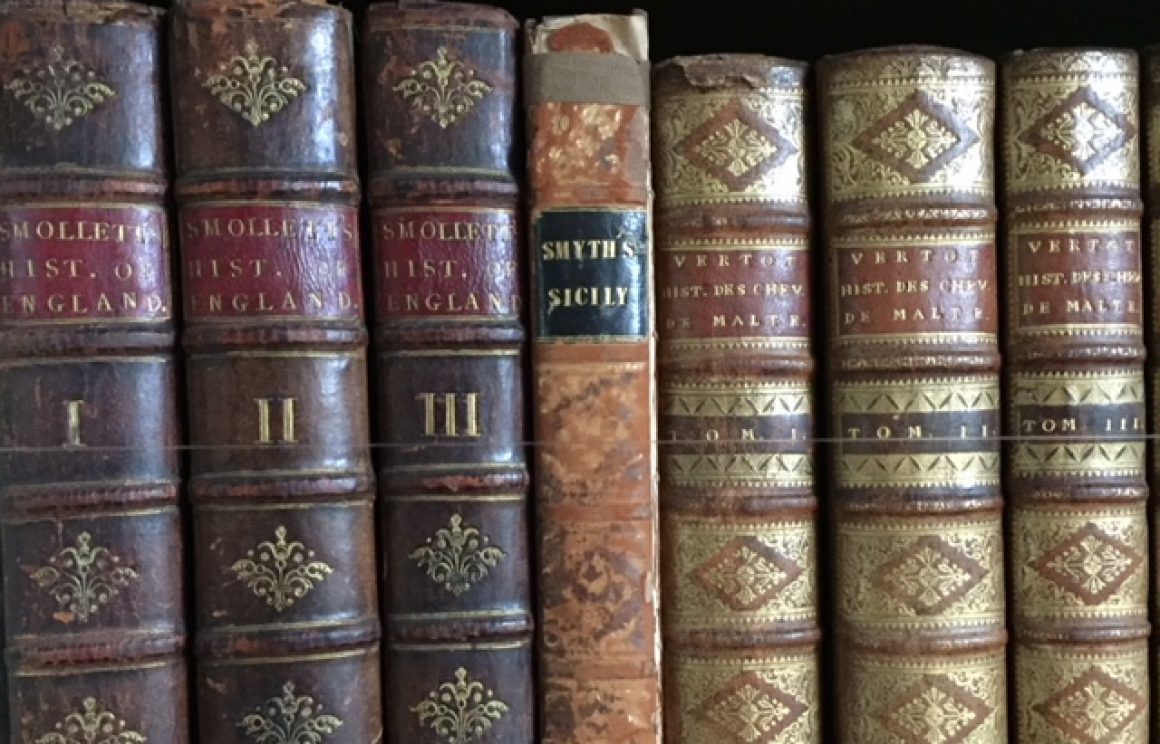
While a Fellow at the New York Public Library, author Colm Toibin delved into the papers of Lady Gregory held in the Berg Collection and published this thoroughly entertaining biographical sketch in 2002. It may be a short read, but it reassess the literary contributions of Augusta Gregory, founder of the Abbey Theater in Dublin while also having a bit of fun with the mystique of W. B. Yeats’ role in Irish nationalism and the Celtic literary revival.
Augusta, Lady Gregory’s founding of the Abbey Theatre and her encouragement of Irish playwrights is well known. Her writing, especially her contributions to plays attributed solely to W. B. Yeats, is less known. Although Yeats gave Lady Gregory some public credit for this collaboration, he “never acknowledged the extent of her work on Cathleen Ni Houlihan,” which bothered her.
Yet Lady Gregory also let Yeats take the lion’s share of credit for stage management of that production, even though he led just a single dress rehearsal when press were present. In their collaboration on the cycle of Irish legend-plays, Lady Gregory had the better ear for dialogue. She drew on a lifetime of conversations with farmers, trades workers and servants.
Cultural nationalism can’t be the product of one or two persons, no matter how well intentioned or talented. Myriad influences contribute to bonding a culture to a nation or a political stream. Irish authorities thought the plays based on Celtic myths would incite the nationalists to bolder action. Against the advice of cooler conformist advisors such as G. B. Shaw, Yeats and Lady Gregory forged ahead with the Abbey productions. As Toibin explained in an essay for the New York Review of Books (v. 48, n. 13, Aug. 9, 2001, p. 40) written while he was working on this book, the enduring legacy of the Abbey Theater was the nurturing of fresh voices and producing mythic dramas rather than staging political plays that incited hot heads to riot and ruin.
Lady Gregory sustained creative friendships with many writers during her eighty years. The narrative is spiced with anecdotes about the curious habits and behaviors of several icons of 20th century literature culled from Lady Gregory’s letters and diaries. Toibin’s irreverent scholarship sheds light on W.B. Yeats’ inflated sense of self and Lady Gregory’s efforts to edit her public image in order to maintain ties to the Irish aristocracy while supporting revolutionary nationalists.
Lady Gregory’s Toothbrush, Colm Toibin
University of Wisconsin Press, 125 pages, ISBN: 029918000X
This review by L. Peat O’Neil appeared in The Bloomsbury Review.
Resources: W. B. Yeats and the Occult




